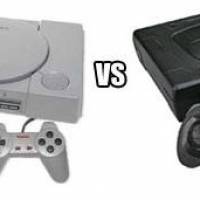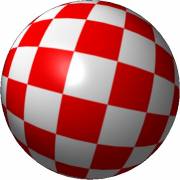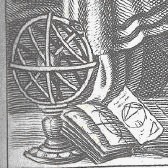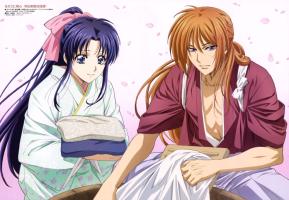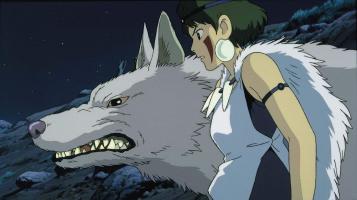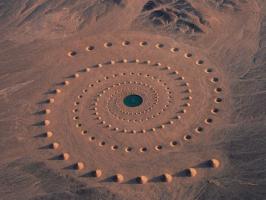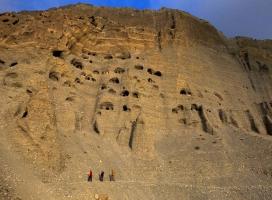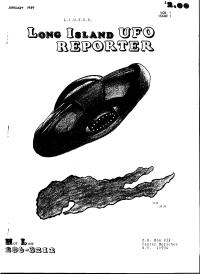History of videogame consoles
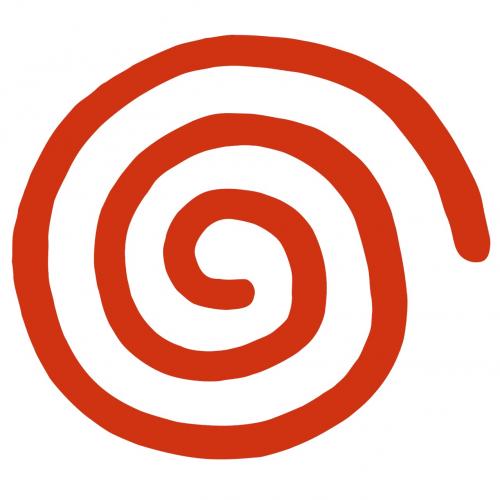
It all began in November 1968. It was then that Ralph Bear introduced the concept of a home video game console. It did not take long and in 1972 he joined the little-known company Magnavox. The first game-console, if you can call it that, was proudly named Odyssey Home Entertainment System. In just four months, over 100,000 units were sold. And what was this invention? 40 transistors and 40 diodes, very simple graphics (white objects on a black background) and no sound whatsoever. This is how the cult PONG was created together with a few clones, trivially simple games! After two years, Odyssey 100 and Odyssey 200 appeared on the market. Additional chips were added, which allowed for embedding several games and, for example, displaying the results of the game on the screen. This hardware was further developed and the first console to offer colourful graphics was the Odyssey 500. Then the 2000, 3000 and 4000 models appeared, and even the 5000 model was planned. Unfortunately, they were not successful because they were based on the same technology as the predecessor consoles.
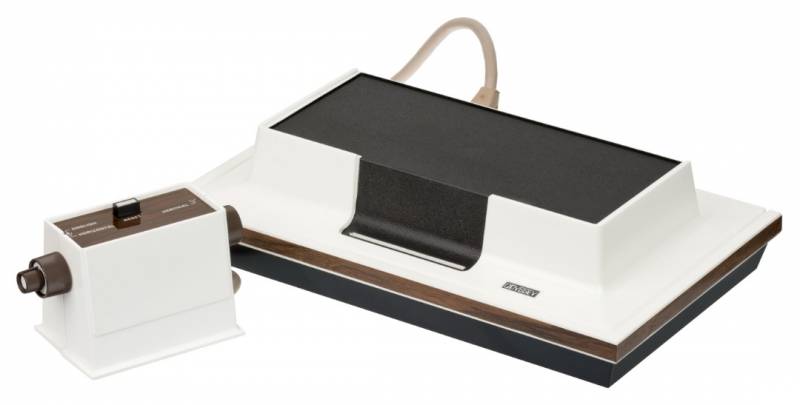
Until 1977, several game-consoles PONG clones were released. However, they quietly worked on the system with the code name "Stella"; Stephe T. Mayer, Joe Decurea, Harold Lee and Jey Miner. It turned out later that, due to lack of funds, it would not be possible to finish the work on its own and the head of the company decided to sell the business to Warner Communications for $ 28 million.
Do you already know who we are talking about?
In October 1977, Atari Video Computer System hit the store shelves for $ 249.95. The specs are 1.19 MHz processor, 128 bytes RAM, 4 KB ROM and 3 channel mono sound. The console was selling poorly from the beginning, and ATARI founder Nolan Bushnell had to leave the company. However, after a while something changed and from 1980 a new era began. Starting with the famous Space Invaders, more and more new game conversions from arcade machines were released. This caused a huge jump in the sale of VCS, because, to be serious, who would not want to have at home the best titles that have so far been presented only on arcade machines? In the same year four people left the company; David Crane, Larry Kaplan, Alan Miller and Bob Whitehead. They founded the well-known and prosperous company Activision. This, however, did not cause the collapse of the system, because good sales resulted in the emergence of new companies writing games and thus, a huge number of new (better or worse) titles. Hits such as Asteroids or Battle Zone will forever remain in the memory of older players. Atarynka did great, until the market collapses in 1984. It is estimated that about 12 million unit were sold.
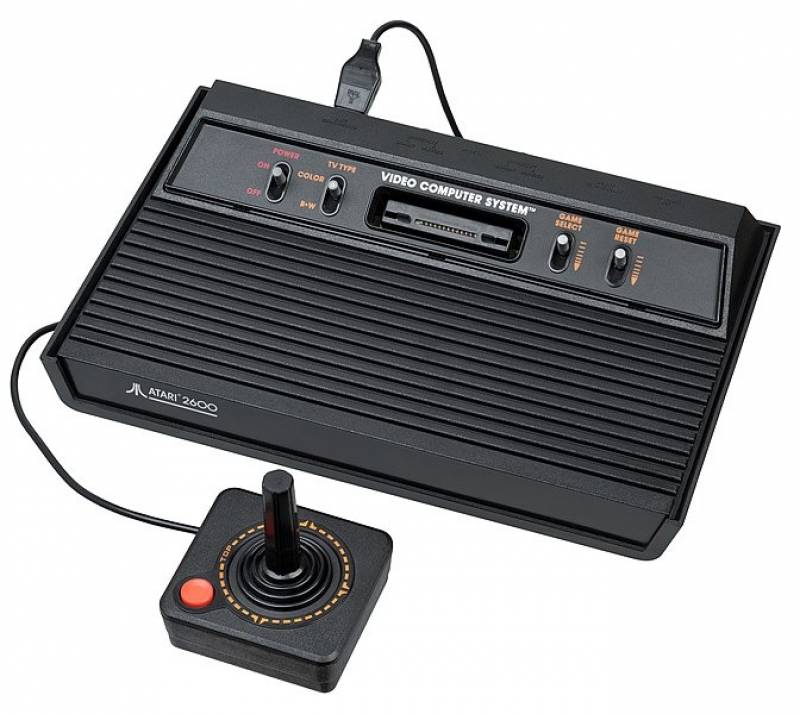
The 1980s: at the beginning of the eighties, Mattel Intellivision (1980) and Coleco ColecoVision (1982) appeared. The first console to appears is from Mattel, a company operating in the toy industry and was based on a 16-bit processor from General Instruments. Interestingly, it was supposed to be a computer constituting the basis for Intelligent Television, or "intelligent television", whatever 24 years ago this name could mean. Despite the specifications much better than ATARI, no success has been achieved. In 1982, we saw Intellivision II, a refreshed and slightly redesigned second version of the console. Both were sold in just over 3 million units. ColecoVision was quite good console for those times, with games based on arcade titles as Donkey Kong, Space Panic or Mouse Trap. In total, by the time of crisis 1984, a lot had been sold, as many as over 6 million. If the company had not lost $ 80 million by engaging in a failed Coleco Adam home computer project, it would probably have managed to survive further difficult years and perhaps surprise us with something else.
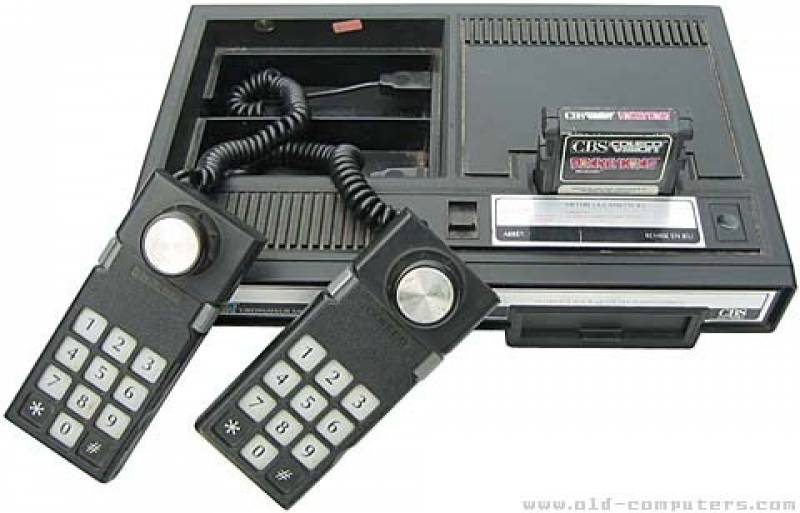
Even before the videogame-crash, in July 1983, Nintendo, previously known for its "coin-up" slot machines and Game & Watch toys, introduced the 8-bit Famicom designed by Masayuki Uemure (and still popular with us today, sic!). All famiclones in our homes are nothing more than Famicom, known in the US since its debut in 1985 under the name Nintendo Entertainment System (NES). 1.79 MHz processor, 2 kB RAM, 2 kB Video RAM and a resolution of 256x240 pixels, a maximum of 16 from the 52 colors palette was enough to create such unforgettable hits like Donkey Kong and Mario Bros. The real success of Nintendo was guaranteed by the genius of Shigeru Miyamoto. Father of astonishes titles like Mario and Zelda, man of revolutionary ideas. If it wasn't for him, probably games and Nintendo alone would not be what it is today. Two interesting anecdotes are associated with the uprising of Mario game. The character is reportedly to be a copy of a fat Italian plumber who made repairs at Shigero's temporary home during his visit to Europe. Who would think that one of the symbols of electronic entertainment would be "based" on something like this? Of course ... it helped! There were also hardware restrictions. Mario's mouth turned out to be a huge problem. In order for the character not to look funny, Miyamoto came up with a great simple idea - a mustache to hide his mouth. In total, only in Japan alone, 15 million copies of the NES were sold, that results in about 1.200 Mario games sold which spread in 150 million copies.
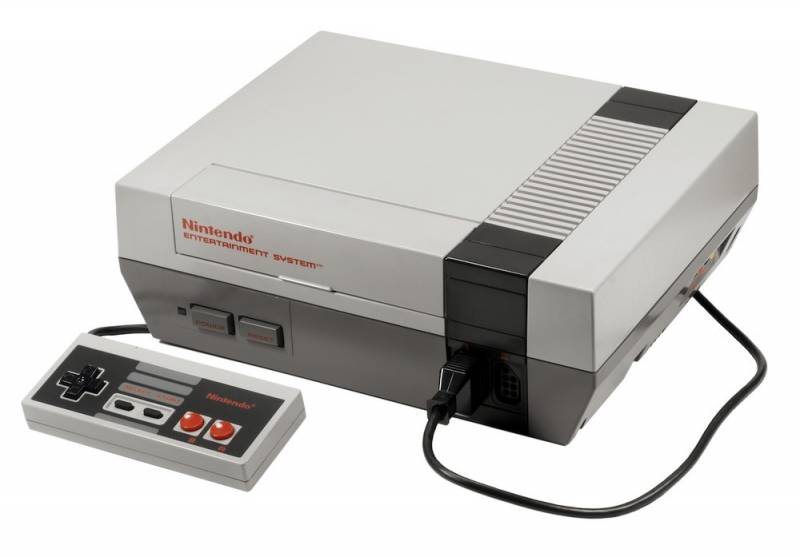
In 1984, ATARI once again attacked with the backwards compatible ATARI 7800. The machine fixed all the problems its predecessors had and offered many modern solutions. Unfortunately, games are important and the console was designed to fight the Nintendo Famicom. Of course, this did not happen and the debut in 1986 turned out to be a failure. Interesting fact: the console had a special game coding system, known only to companies that knew it, to protect against the flood of poor software.
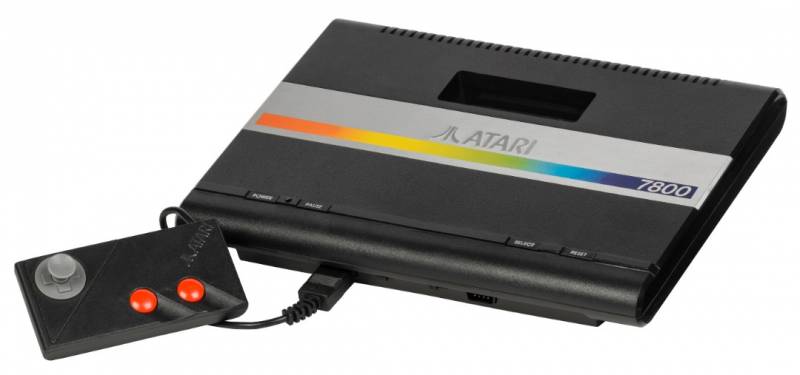
A year later, in 1985 (released in the USA in the year 1987), the SEGA attacked and Sega Mark III appeared, known to us as the Sega Master System (SMS ... they could patent the abbreviation :) with 3.58 MHz CPU. The console on debut had great games, like Sonic but in Japan and the US, Nintendo introduced an exclusive policy on the production of games on NES (they could not be converted to other platforms). As a result, at the end of 1987, there were as many as 16 NES sold for each Sega console, and once again Nintendo controlled the market.
Of course, exclusivity did not apply in Europe and very soon "pasta makers" (name from the crazy logo of the company) acquired developers such as Activision, Acclaim, Codemasters, Virgin and even Sony. In this way, thanks to the large number of great titles, the Sega Master System has become the most popular console in Europe and remained so until 16-bit consoles settled on the market.
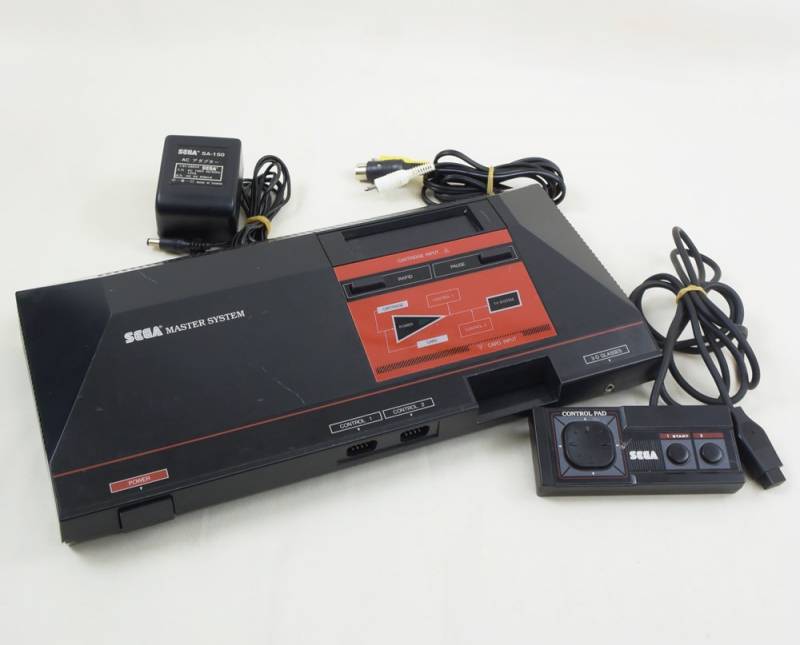
1987 was the year of attack of the electronic giant NEC. PC Engine, i.e. the first system with a 16-bit HuC627 graphics processor and compatible with a CD-ROM drive (except for playing CD-audio). The data cartridge was "something" called HuCards, which is a type of memory cards similar in size to current credit cards. The graphics offered by PC Engine were obviously a class better than what could be seen with Sega and Nintendo. Thanks to these advantages and an extensive library of games, NEC has taken a strong position in the market and was dangerous even for the Nintendo's NES.
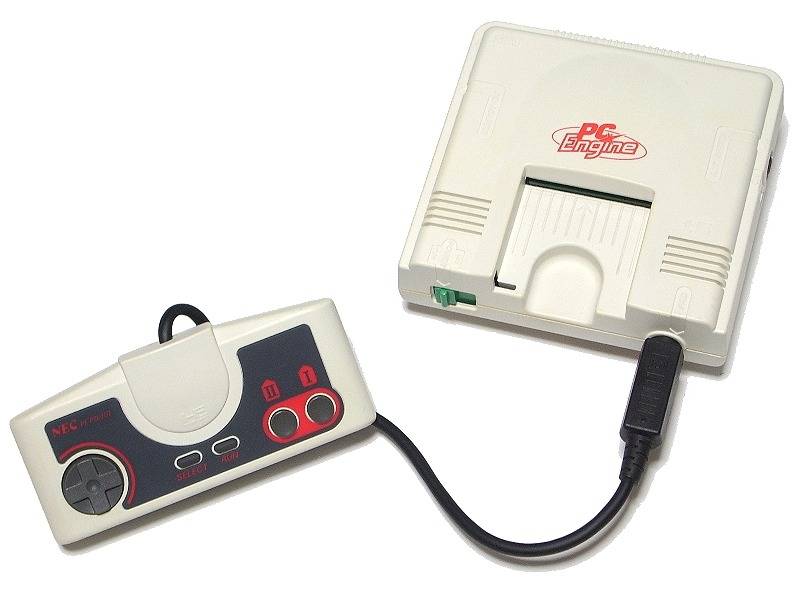
Next year, SEGA decided to attack with a new system. On October 29, the console appeared on the market under the name Sega MegaDrive (after a year of premiere in the US under the name Genesis). The heart of the console was a powerful Motorola 69000 processor clocked at 8 MHz. The Z80 system was responsible for the sound, which performed this role very poorly, and it can be considered a minus for Genesis. The platform, however, did not sell well. This was still due to good Nintendo marketing. Nevertheless, after some time Sega got a grip on introducing a new campaign and releasing a lot of games with wonderful graphics. Then crowds of haggled Japanese: they started running as fast as they could to the nearest store and in 1991 it was the best-selling console in the world. To date, more than 1,100 games have appeared on it.
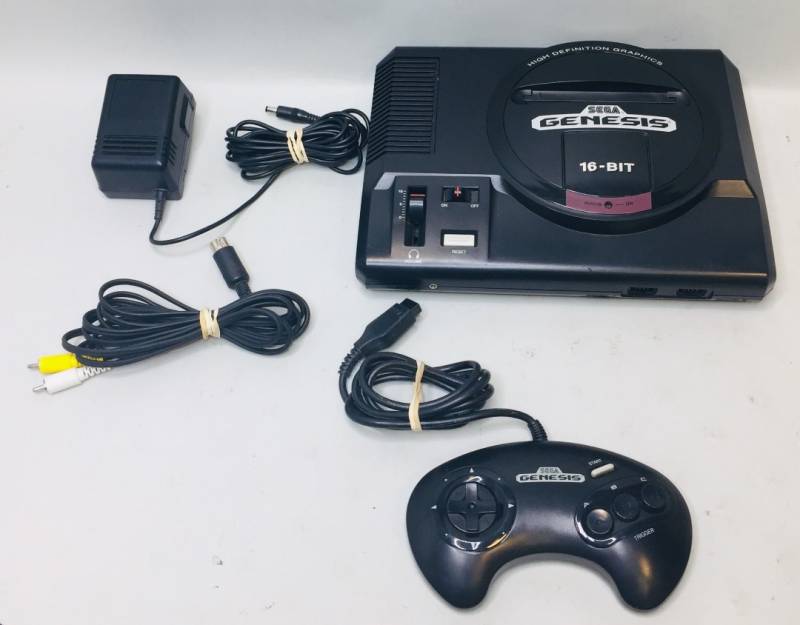
The 90s. The 26 November 1990 was the entry date of Nintendo onto a seemingly dominated 16-bit market by competitors. Nothing could be more wrong! Nintendo NES has won huge recognition among players and without major obstacles the new device has been called the most popular console on the Japanese market. In the US it was already dull and there, of course, due to the late premiere, the console did not do sensational sales. The heart was the 65C816 / 1.79 MHz - 3.58 MHz processor. Plus 128 kB RAM, 64 kB Video RAM, 64 kB Audio RAM and a maximum resolution of 512x448 pixels with 256 colors from 32768 palette. The SNES specification is much weaker than the older MegaDrive! But this did not prove to be a problem for Nintendo. Inside the game's cartridge there were often additional chips supporting enhanced graphics. At the end it can be said that both platforms (SNES and MegaDrive) offered a similar level. Of course, as I mentioned, SNES gave a much better sound.
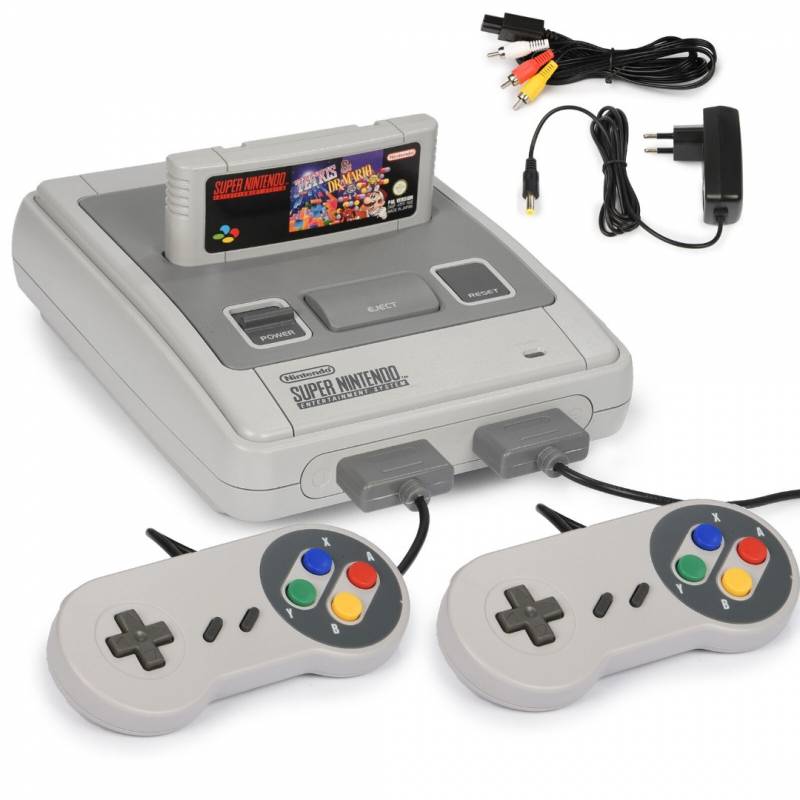
Do you know SNK? Such automatic serial hits like Fatal Fury, Samurai Shodown or Metal Slug are still liked today, and recently the new Metal Slug 5 appeared. The successes of these games in the early 90s (heh, I'm old :) brought huge profits. They were large enough to allow the company to develop and present its own invention called Neogeo. SNK went along the smallest resistance line and it was practically an automaton in a nice, small housing. The heart of the console was the Motorola 68000/12 MHz processor and the Zilog Z80 / 4 MHz systems supporting it. It is not difficult to guess why the console "did not burn". The price in the US was up to $ 650, and game prices were up to $ 250! As of today, such a sum seems to be high and despite great games, in retrospect, NeoGeo's defeat is hardly a surprise. It is strange that people from SNK were counting on her success.
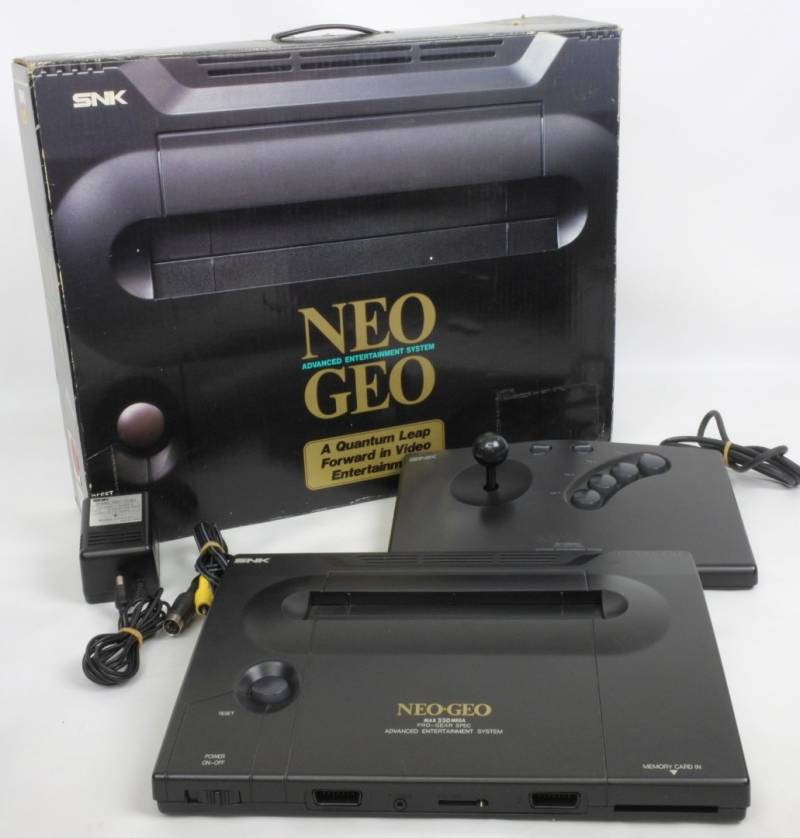
In 1991, Trip Hawkins, the creator of the well-known Electronic Arts programming company, founded the 3DO Company. The plan he had set himself was very ambitious and had virtually no right to fail. A new system was to be created for the whole family, whose central element was to be a CD player.
Cooperation with giants as Time Warner, Paramount, Warner Bros., AT&T, MCA or even Matsushita was established and the first prototype of the new console was presented in Chicago at the Electronic Entertainment Show in 1993. The specification was impressive; 12.5 MHz (thirty-bit RISC processor), supporting systems: 2x Video Co-Processor / 25 MHz (graphics) and 2MB DRAM, 1 MB VRAM (Video RAM), 1 MB ROM.
Finally, hardware graphics support (scaling, rotation, texture mapping and compression, shading and transparency) and finally "normal" stereo sound, Dolby Surround, 16 bit, sampling 44.1 kHz. The debut took place in 1994 and ended in a failure. The price of $ 700 was astronomical and only a few companies decided to release the console on the market (3DO did not manufacture the console, but sold licenses).
Excellent plans very quickly and unexpectedly lay in ruins.
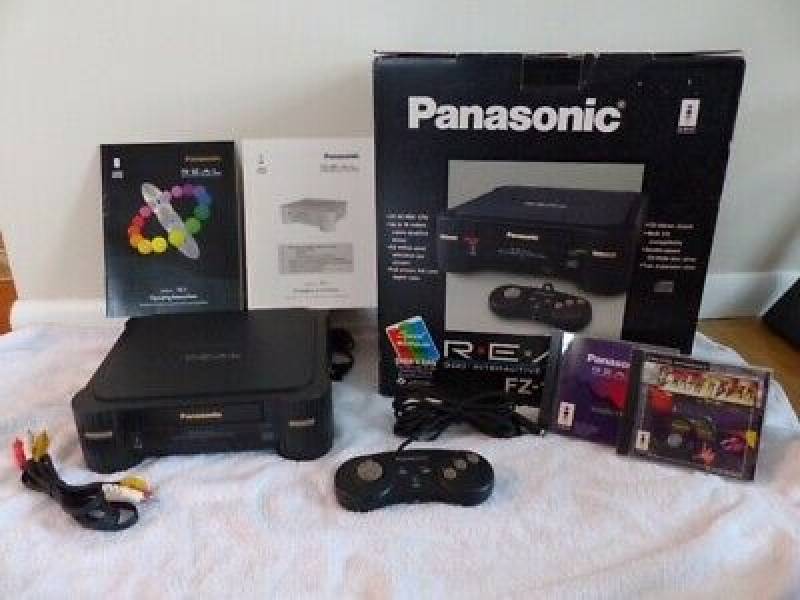
In 1993, ATARI attacked once again. The console was called Jaguar and was the first 64-bit platform. It had a 13.3 MHz processor and 2 MB RAM. The game was stored into a 6 MB ROM cartridge. Then in the panic before Sony and Sega released their consoles, a CD drive was added. Obviously, it was a bad idea, because the console was obviously too weak to properly manage it and the concept of 3D ended in a geme called Wolfenstein.
The ATARI Jaguar disappeared soon after the release of the Playstation. The reason was a very small number of good games and poor development support. It was, as it turned out later, a nail in the ATARI casket.
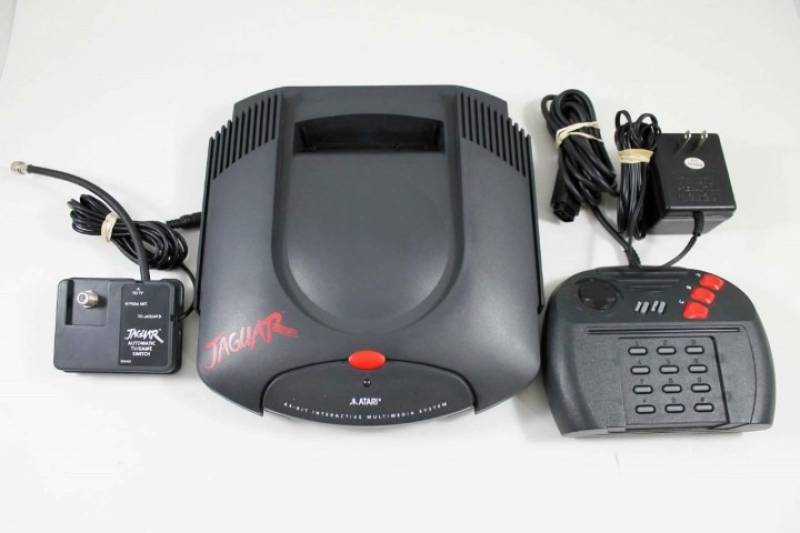
32 and 64 bits were very tempting and when it was loud about 3DO, three great new players were preparing their projects quietly. Wait a minute ... three? A new player with no experience was to appear on the market ? Yes, let's talk about them one by one ... The first SEGA Saturn was released in 1994. It was anticipated that three-dimensional graphics would be the domain of next-generation consoles, and special emphasis was placed on improving the systems responsible for displaying 2D objects. However, when SONY and Nintendo announced the specifications of their console suddenly, the company's management overwhelmed the fear and "quickly" equipped the SEGA Saturn with new, additional 3D graphics processors. Initially, the product was selling sensational, mainly due to the genius of Yu Suzuki and the world famous AM2 development team.
Virtua Fighter was shocking all players, Nights into Dreams, Sega Rally or Panzer Dragon were also great. However, as time passed and the next generations of games appeared, the shortcomings of haste came to light. There were huge difficulties when writing software and subsequent generations of games on Pplaystation and the subsequent premiere of Nintendo 64 led to the death of the console, which was at the heart of 2 processors Hitachi SH2 / 28.6 MHz (thirty-bit RISC processor) and 1x Hitachi SH1 (thirty-bit RISC processor). For this it is equipped with 2MB RAM, 1.54 MB Video RAM, 512 kB Audio RAM, 512 kB CD-ROM buffer.
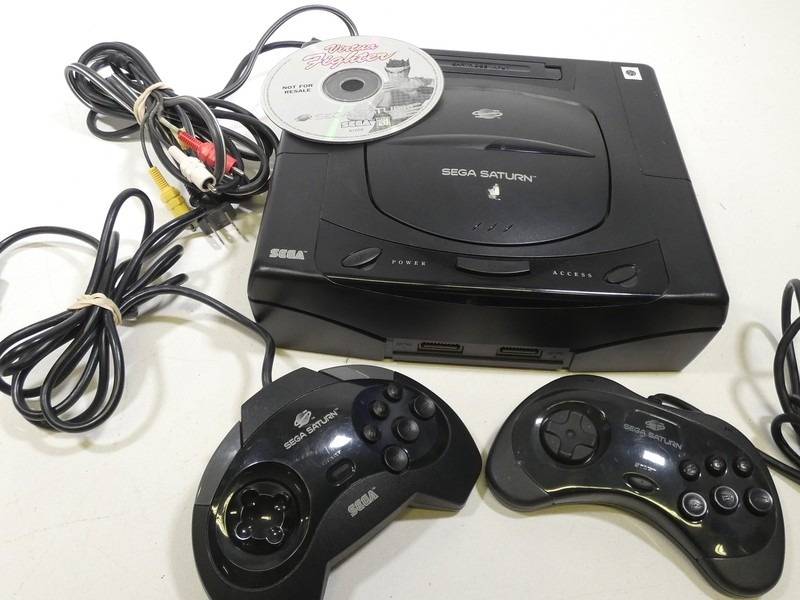
Probably a small part of players know that if it wasn't for Nintendo, it wouldn't be the most popular console in the world today. Even before the beginning of the 90s, Nintendo established cooperation with SONY aimed at developing a CD-ROM drive for the Super Nintendo Entertainment System / Super Famicom console. However, in some place there must have been an unknown conflict and Sony in June 1991 announced its own platform. Nintendo can spit in the chin because we all know how it ended. Graphics chips and Nintendo 64 processor plus SONY drive would give us probably the greatest console of all time. However, this did not happen and in 94 Playstation landed on the store shelves. Interestingly, initial sales were poor because of Saturn. Playstation was based on a 33 MHz 32 bit RISC processor (30 MIPS) and 2MB of memory. Although it didn't have any hardware effects, not even mipmapping, its performance reached about 1.5 million polygons per second. Agreements with companies such as Square, Namco or Konami have resulted in a huge number of title hits. The Final Fantasy series, Tekken or the unforgettable Hideo Kojima with their Metal Gear Solid are milestones in the history of games.
Pose the company had and has programmers from Polyphony under its wings, who with the Gran Turismo series have forever revolutionized the empty simulator concept. The console was a huge success around the world and only in the United States succumbed to Nintendo 64. Piracy and easy access to games helped a lot. Especially with us, let's not hide it, in a poor country Playstation has been a huge success. Because even if Nintendo had better games, and certainly better graphics, then the choice / price PLN 150-200 vs PLN 10-20 for a "pirate" game seems obvious.
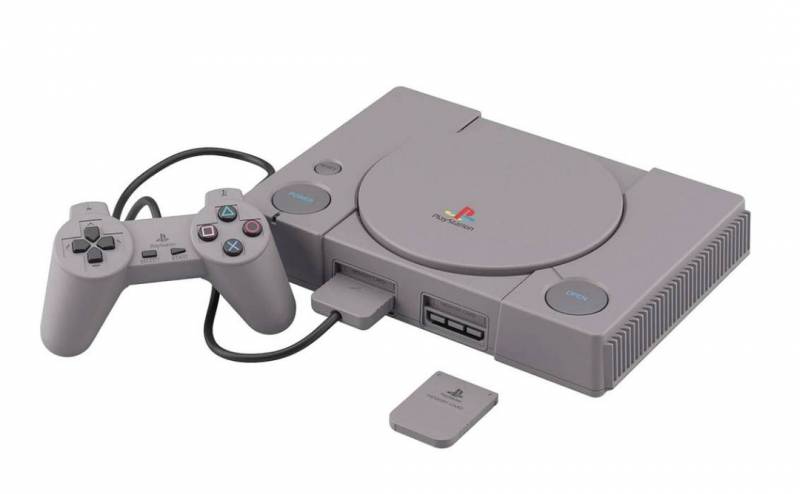
Meanwhile, Nintendo began to scare with its as much as 64 bit monster working under the name Ultra 64. Even more intimidated by competition, the agreement between Nintendo and Silicon Graphics known to PC owners. Thanks to this, the potential buyer of game-console could be sure that he would get a graphic monster. Until the premiere of the console in 1996, a lot of people got bored of waiting and SONY had already gained a good position on the market. The premiere of the console, however, was something amazing! It took place in Japan on June 23, 1996 and within a dozen or so hours stores were cleared from the entire stock of 350,000 consoles! Almost every buyer purchased the Super Mario 64 with the console. The game caused a huge shock around the world! Finally we had great revolutionary graphics, long-awaited freedom and amazing playability. The first 3D game - you could go wherever you want and the plot was not linear, we could perform the tasks in the order we specified. So much honey spilled out of the screen that you could collect it with buckets:. Older and younger players played, and even the biggest gurus in the gaming market announced the delight - we play, we bow to Shigeru Miyamoto and his team. Do you remember your faces when voodoo 1 landed on your computer? Just the beginning of a new era. The console debuted in the US in September and the situation was similar there. The processor in it had 93.75 MHz, which is almost three times more than in the Playstation. For this we had 4MB of memory and "Reality Immersion Coprocessor" / 62.5 MHz (sixty-bit RISC processor responsible for graphics). Additionally, Expansion Pack appeared after a time, i.e. a cube with 8MB of memory. It once again amazed SONY, because it allowed, for example, to play in 640x480 resolution or to add new effects. Anyway, do I have to explain to you what gives you more memory? The only downside to the console was the lack of a cd-rom drive. Instead was using cartridges with a capacity of 8 to 256MB. It was too few for several companies and they turned their backs on Nintendo. Nintendo announced an additional 64DD drive (something like a Jaguar adapter), which, however, came out far too late and did not leave the borders of Japan. In total, the console has undergone Plystation, the exception was the US market. The reason for this was probably the lack of good games from several genres and more developers (I don't like the word :). In total, the trolley pulled N and Rare itself, today taken over by a certain Lord and initials B.G. Many brilliant games have been released, from Zelda: Ocarina of time, recognized by many as the title of all time, through such pearls as Perfect Dark, Goldeneye 007, WaveRace, Doneky Kong 64, Banjo Kazooie and his successor, through the second Zelda, and ending with "Cossack" Conker's Bad Fur Day. However, there were no good races, no good "killing" - SONY reigned in this field.
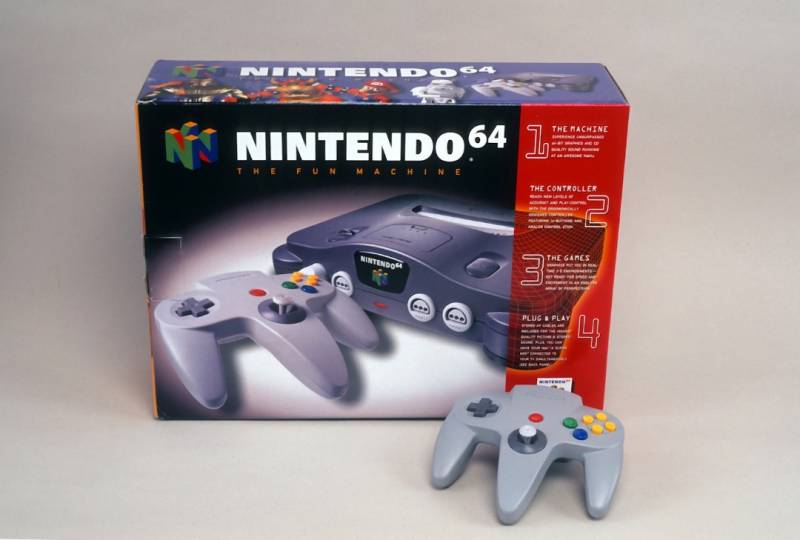
Saturn collapsed in a very short time and SEGA immediately announced the start of work on a new console called Katana. At that time, SONY with subsequent generations of games was conquering the world = flipping the money. Nintendo was also doing very well and this situation continued until the release of Dreamcast. Sega has developed two projects; in Japan under the code name "Dural" in cooperation with NEC, and in the American branch of the Sega company under the code name "Black Belt" they worked together with 3Dfx Interactive. In 1997 the console was called "Katana" and 3Dfx was thanked for NEC's PowerVR. The heart was the Hitachi SH-4/200 MHz processor (128-bits RISC processor, 360 MIPS, 1.4 GFLOPS). The memory was 16 MB RAM, 8 MB Video RAM and 2 MB Audio RAM. The PowerVR graphics chip was able to process around 3 million polygons per second. Of course, the debut took place in the country of cherry blossoms, November 27, 1998. The console sold extremely well, but it didn't last long. There were many games, and very good ones. The price of the console went down from time to time, various promotions were made, there were killer games like Soul Calibur, but most players ... were waiting for PlayStation 2! In the end, SEGA stopped production and the console died, despite it could stay on the market for a long time - the graphical difference between PS2 is not that huge. SEGA, as we know, have completely withdrawn from the production of consoles and today with it's games supports Playstation 2 and X-Box and sometimes even the PC market. It is strange that SEGA did not learn after the death of Saturn that it is not always worth being the first with new solutions on the market.
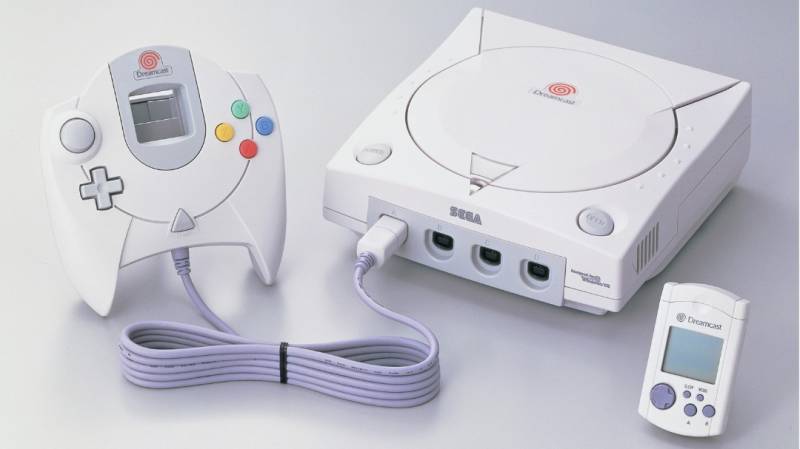
Current consoles on the market
You probably know everything about Playstation 2. Let me just remind you that it has almost 300Mhz processor and Emotion Engine responsible for graphics. Memory is definitely not enough - only 32MB, which can be seen when we compare the same title on "Chernel" and X-Box. Still, the SONY console still has the most top games and the X-Box and Gamcube don't have much chance. Interestingly, PS2 turned out to be weaker equipment than previously announced, but soon it will probably catch up with the sale of its older brother.
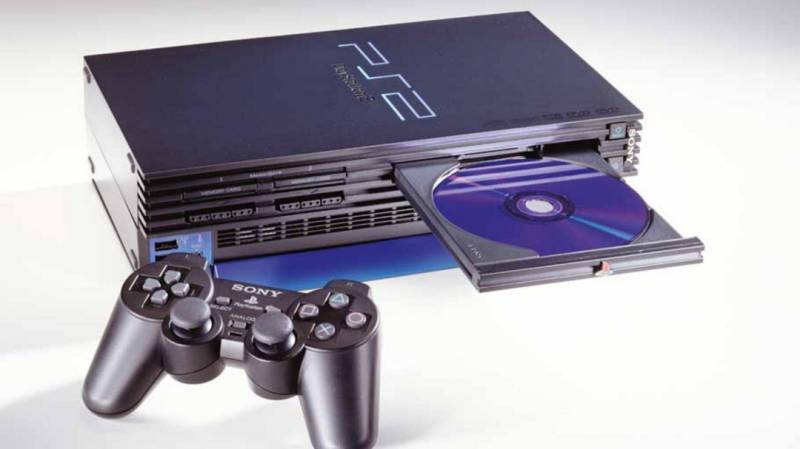
Gamecube is a Nintendo console called so because of its appearance. Inside is the IBM Power PC 485Mhz processor and ATI graphics chip. The media are 3 inch 1.5GB discs. The console is very cool, cheap and has its own style. Unfortunately, there are very few good games on it and the Resident Evil series doesn't even help. It sells similar to the X-Box, which is simply poor compared to Playstation 2.
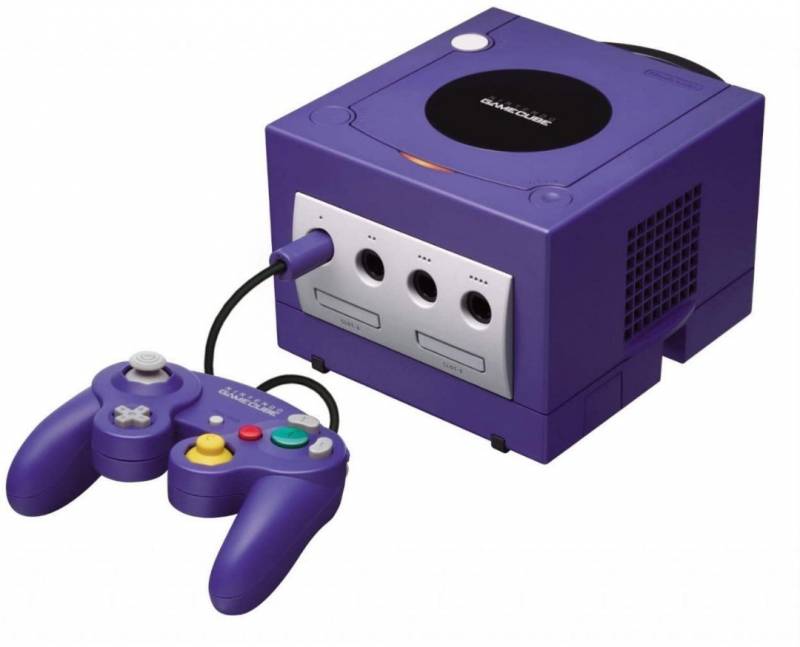
Finally, Microsoft is left with his X-Box. That is 733Mhz equivalent of Celeron, 64MB of memory, a hard disk often used as a SWAP and a graphics system in the form of GeForce 3-4 from NVIDIA. The console is definitely the most powerful in terms of the quality of the displayed graphics. Unfortunately, this is not a colossal difference to the "bats" or "Chernobyl" and most often manifests, as I have already mentioned, better quality textures. The processor in the Playstation 2 is still more powerful and such Metal Gear Solid 2 on the X-Box clearly can get it. There are many good games, but still too little to compete with SONY. X-Box Live, price drops and numerous promotions do not help. Halo and the Dead or Alive series are definitely not enough. Also, give me a Japanese who will trust Microsoft and buy an X-Box, he will love him with his company with traditions and better games. To conclude there is the pad, which can be killed at most, and not play friendly, unless you have your hands like a rake.
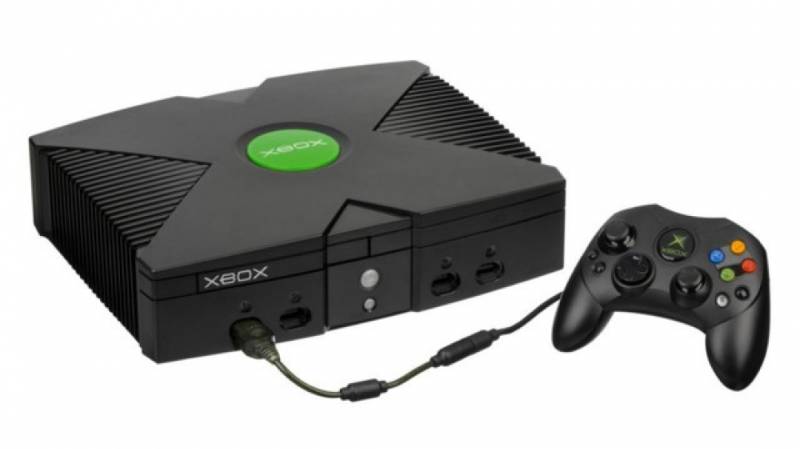
What will the future bring? The following text is mainly my speculation based on some facts, but very likely. It is known that all three companies are already working on new consoles. We know the most about Playstation 3 and its colossally powerful Cell processor. About the X-Box 2 it is known that it will have an ATI graphics system and will not have a hard disk, and the rest are unconfirmed rumours. However, nothing is known about the successor of Gamecube! Recently, Nintendo's former CEO, Hiroshi Yamauchi, said to one of the newspapers; Customers are not interested in high-budget games with high-quality graphics and sound. I believe thinking exclusively about creating new console is completely wrong. "Hmm .... Can you explain it like that?" We're afraid of SONY and Microsoft. "It is obvious that in short, better graphics and sound are more realism, more experience and huge satisfaction of players manifested in the influx of $. Just remember the release of the Nintendo 64 or waiting for the Playstation 2 and thus not paying attention to Dreamcast. The funny thing is, that very quickly Nintendo barked his statements and confirmed they are working on a new console. The statement itself caused a drop in the company's share prices on the Tokyo Stock Exchange. What's next? Does Nintendo have similar plans to Sega? I would love to play Zelda or Mario on Playstation 2. You can see the company is slightly lost in the production of strictly gaming consoles. They do not know how to get to the mainstream, and it is the kids flying to the store to buy pockets - because they have good graphics. The older player knows what is good and it has long been known that playability = Nintendo. It seems obvious that without a proper MHz number, you can't jump over some things under the "hood". So if SONY doesn't make a mistake and the console is not too expensive, it can be considered a success today. Microsoft already has a good foundation, which created the "block" and probably will easily take number two. What about Nintendo? We'll wait, we'll see ...
PS. I did not write about portable consoles and various modifications and varieties of the above. consoles. I wanted to give you a pill, tell a story and at the same time contain as many important details as possible. My dear, fight, money, real symbols and game stories create consoles, and the PC market is just a small stepping stone and ... keep it up.









